An In-depth Analysis of History, Market Trends, and Future Procurement Strategies
The cup and saucer set was once an indispensable part of tea and coffee culture. However, as times have changed, so have consumers’ lifestyles and beverage habits. This article will explore the history of the cup and saucer, market trends over the past decade, the top five ceramic cup and saucer brands globally, and the key considerations for future procurement to help B2B purchasers make informed decisions.
1. The Origin of the Cup and Saucer:
A Witness to Culture and History
The history of the cup and saucer can be traced back hundreds of years to Europe. In the 17th century, tea and coffee began to gain popularity among European nobility. As social etiquette evolved, tea drinking and coffee drinking gradually became elegant social activities. The cup and saucer became a part of daily life to enhance this experience.
The British Afternoon Tea Culture:
The cup and saucer set is inseparable from British afternoon tea culture. In the 18th century, British noblewomen invented afternoon tea, which quickly became a fashionable trend across Europe. Teacups and saucers were the core tools for this ritual, used not only for tea drinking but also for conveying social etiquette and aesthetic value.
The Legacy of Chinese Tea Culture:
Meanwhile, in China, tea culture has a history of thousands of years. Although traditional Chinese tea sets do not have a clear “saucer” design, tea trays served an auxiliary role in the tea ceremony. With globalization, Chinese porcelain also influenced Western tea set designs, particularly in the 18th century when British ceramic manufacturers drew inspiration from Chinese porcelain craftsmanship to further develop elegant cup and saucer sets.
The Rise of Coffee Culture:
In the 19th century, cafes became social spaces for European intellectuals and businessmen, and the coffee cup rivaled the teacup in prominence. Once again, the cup and saucer set played an important role in these classic coffee culture scenes, where fine coffee cups paired with saucers were essential.
2. Analysis of Cup and Saucer Market Trends Over the Past 10 Years
While modern lifestyles have changed dramatically, with the rise of portable beverage containers making people prefer simple mugs or coffee cups for daily use, the cup and saucer set remains in high demand in certain markets and occasions.
The Rise of Boutique and Customization Markets:
Over the past decade, consumers have increasingly focused on personalization and quality living. Especially in high-end dining, hospitality, and premium gift markets, customized cup and saucer sets have become tools for businesses to enhance their brand image. For example, fine restaurants and hotels still choose cup and saucer sets to elevate customer experiences, with customized sets often featuring the hotel’s logo, offering guests an elegant experience.
Demand for Sustainability and Eco-Friendly Products:
As environmental awareness grows, traditional ceramic cup and saucer sets have regained favor in the market due to their reusable and eco-friendly features. Compared to disposable plastic or paper containers, ceramic products are more durable and sustainable, meeting the demand of businesses and consumers for eco-friendly products.
Cultural Revival and Retro Trends:
Retro trends have flourished over the past decade, with many young consumers developing new interest in traditional lifestyles. Whether it’s European afternoon tea culture or Asian tea ceremonies, the cup and saucer set, representing an elegant lifestyle, is making a comeback. Many high-end brands and designers have launched modern designs that retain traditional elements to cater to this trend.
The Boost from Online Retail and Cross-border E-commerce:
The development of e-commerce has transformed the sales channels for cups and saucers, especially for B2B purchasers. Global procurement and customized orders have become more convenient. Many companies now use cross-border e-commerce platforms to source exquisite cup and saucer sets to meet the diverse needs of their clients.
3. Top Five Ceramic Cup and Saucer Brands Globally
Below are the top five global ceramic cup and saucer brands, known not only for their exceptional aesthetic designs but also for their outstanding quality, making them top choices for B2B purchasers worldwide.
1. Villeroy & Boch (Germany)
Founded in 1748, Villeroy & Boch is a German premium ceramics manufacturer, known globally for its classic design and excellent craftsmanship. Their cup and saucer sets are particularly popular in the high-end dining industry and are favored by hotels and restaurants for their elegance, delicacy, and practicality.
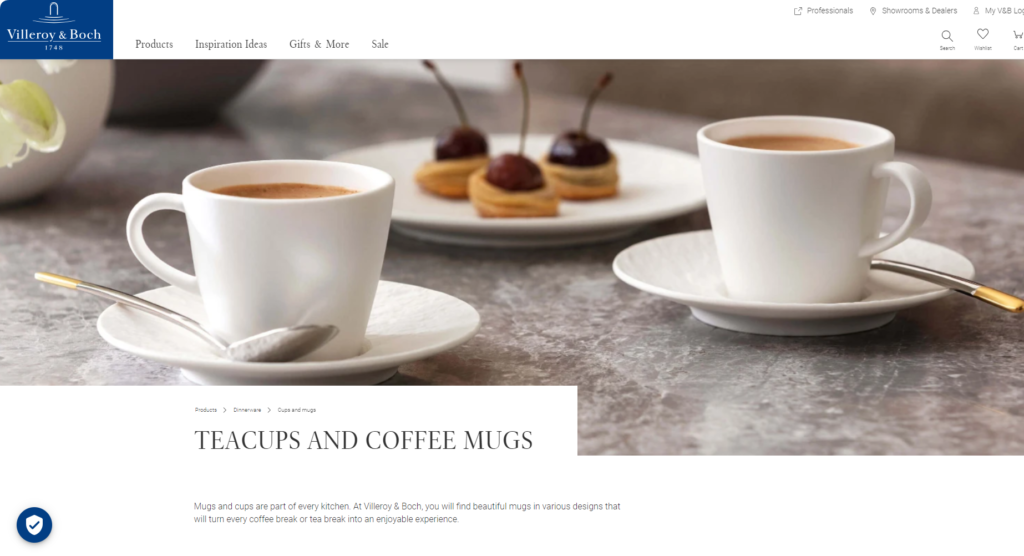
2. Royal Doulton (UK)
Royal Doulton, one of the UK’s most renowned ceramic brands, was established in 1815 and is known for combining tradition with innovation in its designs. The brand’s cup and saucer sets are often found in upscale hotels and restaurants, known for their unique designs and high-quality craftsmanship. Royal Doulton frequently collaborates with top designers to launch custom collections, catering to the diverse needs of B2B clients.
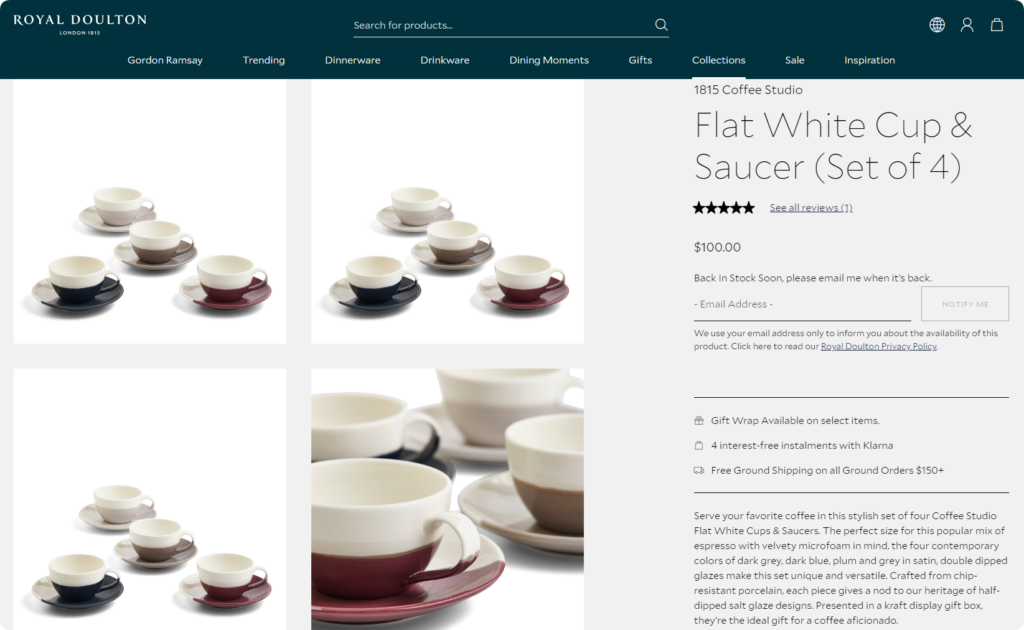
3. Wedgwood (UK)
As one of the oldest ceramic brands in the UK, Wedgwood has been a leader in the luxury market since its establishment in 1759. The brand’s cup and saucer sets have been used by royalty and nobility many times, making them ideal for high-end occasions. Wedgwood is famous for its fine bone china and traditional craftsmanship, making it perfect for B2B purchasers who value culture and tradition.
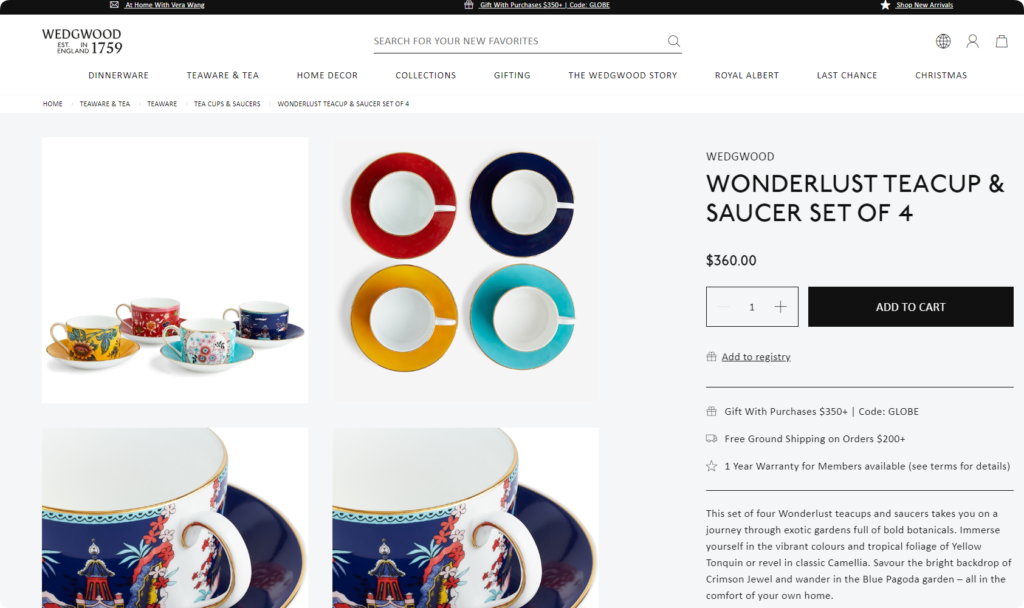
4. Noritake (Japan)
Noritake is Japan’s leading ceramics manufacturer, founded in 1904, known for its high-quality, delicate bone china products. Noritake’s cup and saucer sets are widely used in Japan and globally in high-end dining markets. The designs blend the intricate beauty of Eastern culture with Western simplicity, making them suitable for cross-cultural scenarios.
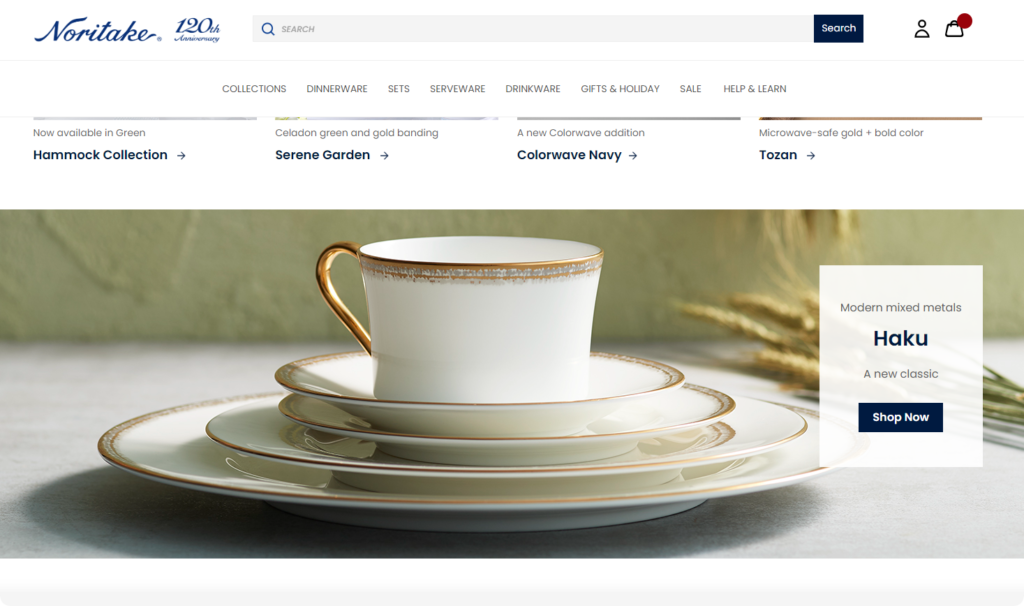
5. Lenox (USA)
Founded in 1889, Lenox is one of the top ceramic brands in the United States, renowned for its luxurious and elegant products. Lenox’s cup and saucer sets hold a significant position in the North American market and are especially popular in hotels, restaurants, and wedding venues.
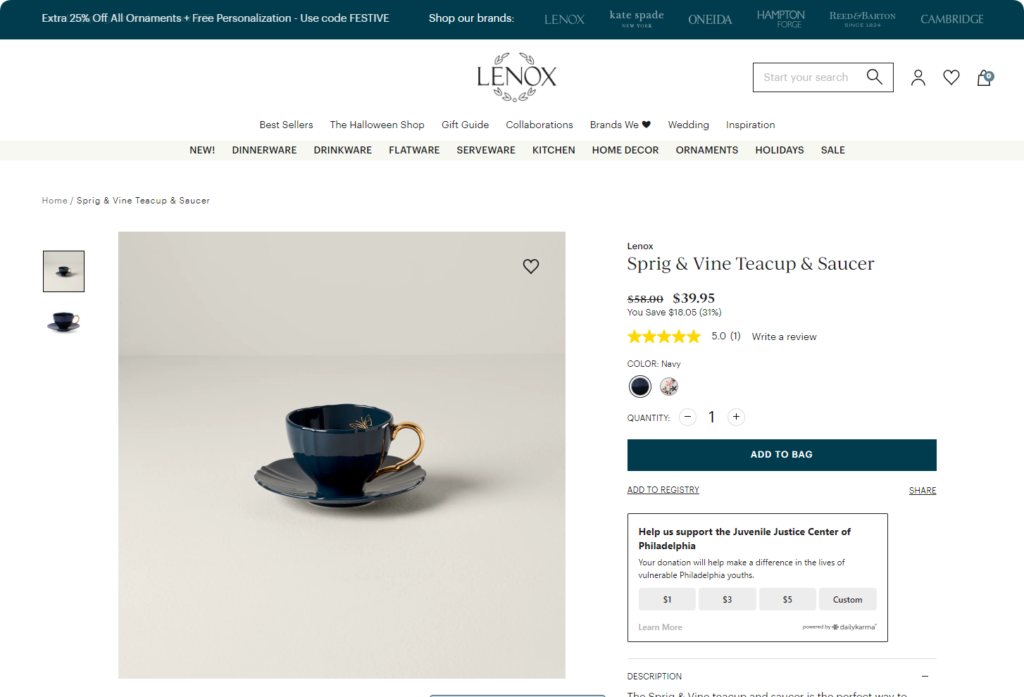
4. Recommendations for Cup and Saucer Procurement in the Future
As global markets continue to evolve, B2B purchasers must consider several factors when sourcing cup and saucer sets. Here are some suggestions to help make informed procurement decisions:
- 1. Focus on Brand and Quality
Choosing reputable, long-established brands ensures the quality of the cup and saucer sets. This not only enhances customer satisfaction but also reduces after-sales issues. By partnering with well-known brands, purchasers can ensure that the products they source meet high standards in terms of quality and design. - 2. Prioritize Sustainability
With growing awareness of environmental sustainability, purchasers should prioritize brands that use eco-friendly materials and follow sustainable production standards. This not only meets customer demand but also helps build a positive corporate image. - 3. Cater to Customization Needs
Customized products are becoming increasingly popular in the B2B market, especially in hotels, restaurants, and premium gift markets. Purchasers should work with manufacturers who offer a wide range of customization options, such as brand logos and personalized designs, to meet specific customer requirements. - 4. Evaluate Logistics and Supply Chain Capabilities
In large-scale procurement, the supplier’s supply chain and logistics capabilities are crucial. Purchasers should choose manufacturers that can deliver high-quality products on time, ensuring smooth business operations. Additionally, flexibility and the ability to handle special demands are important factors to consider. - 5. Stay Updated on Market Trends and Demand Changes
As consumers’ desire for quality living continues to grow, purchasers need to stay attuned to market trends and adjust procurement strategies accordingly. The key directions for the cup and saucer market in the future include premiumization, personalization, and eco-friendliness. Purchasers should tailor their product selection based on these trends to meet the needs of different markets and customer segments.
Conclusion
Although modern lifestyles have changed, the cup and saucer set still holds a significant position in certain markets. High-end dining, hospitality, and gift markets continue to show strong demand for customized, high-quality cup and saucer sets. B2B purchasers should focus on factors such as brand, quality, sustainability, and customization options when selecting suppliers. By keeping up with market trends and partnering with premium brands, B2B purchasers can provide their clients with high-quality cup and saucer sets that meet modern demands, while enhancing their own competitiveness in the market.

